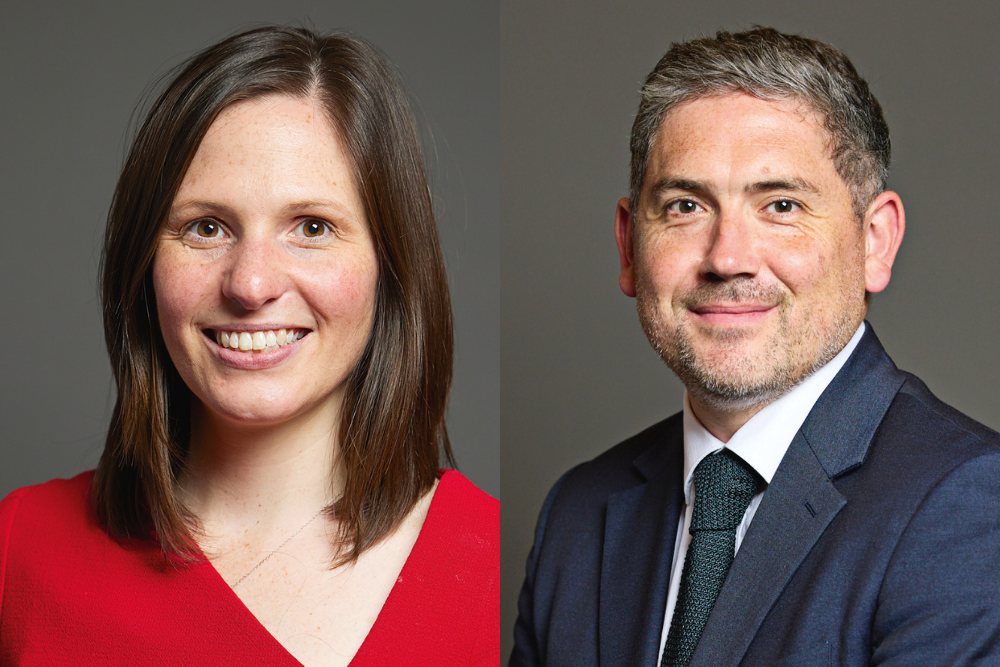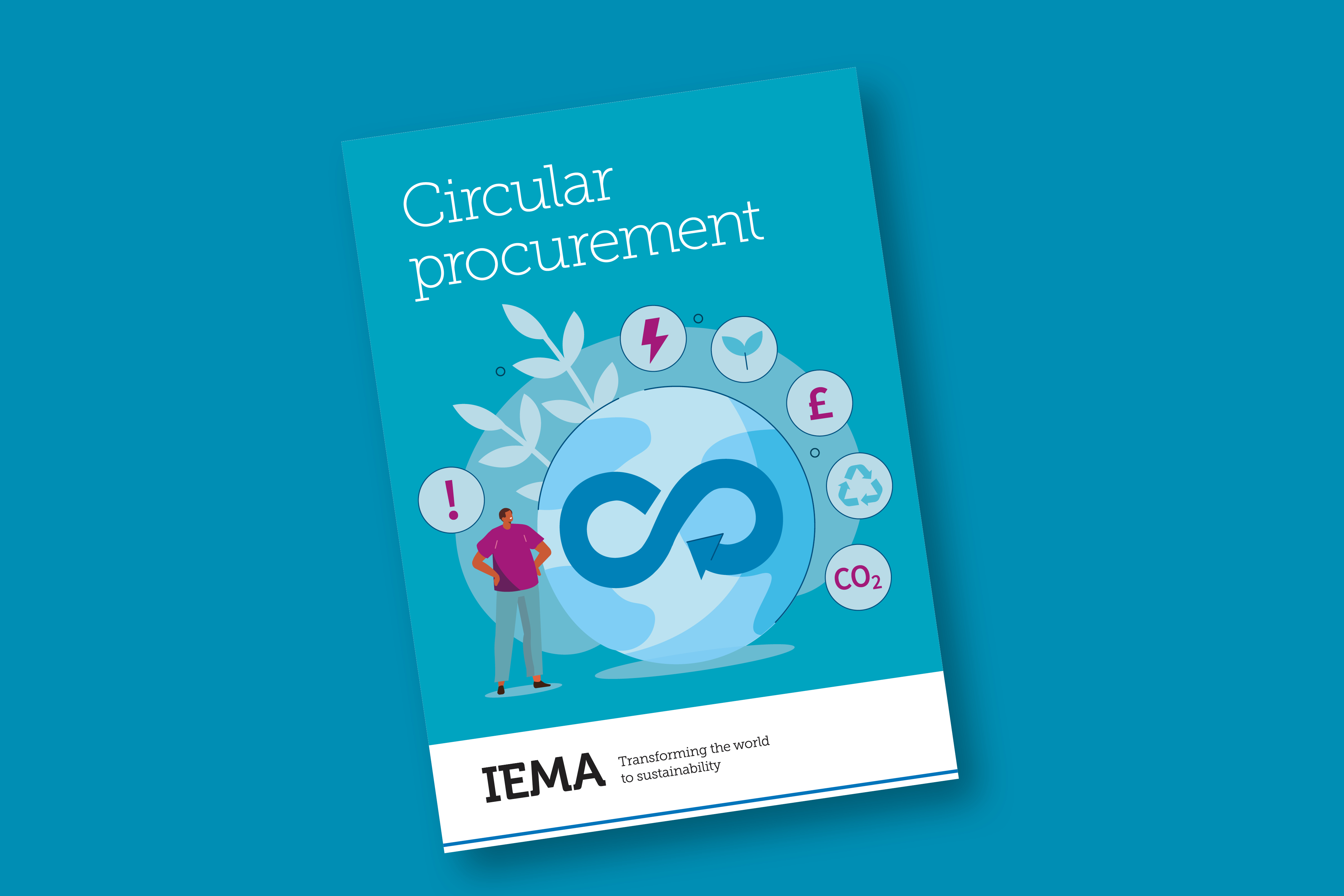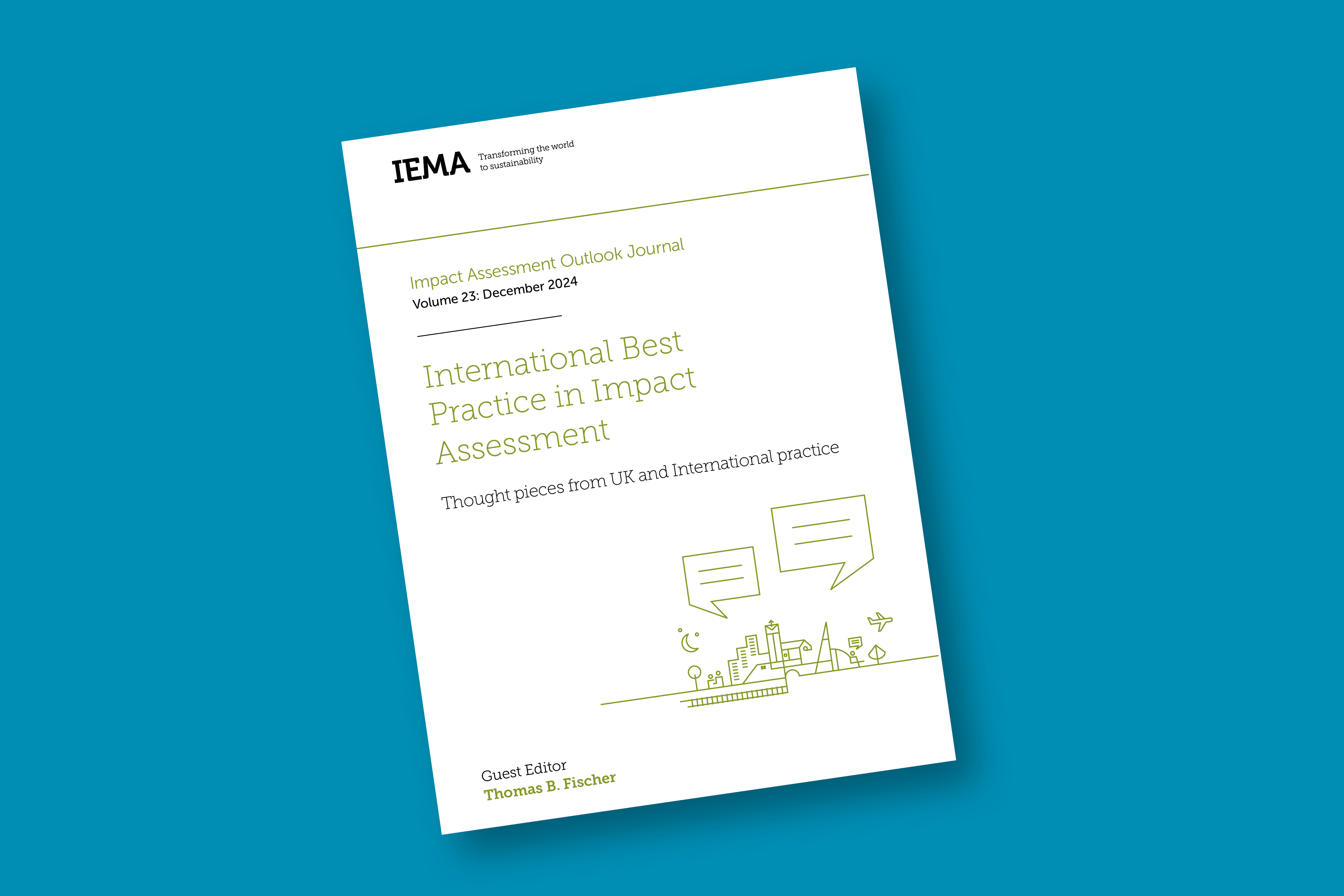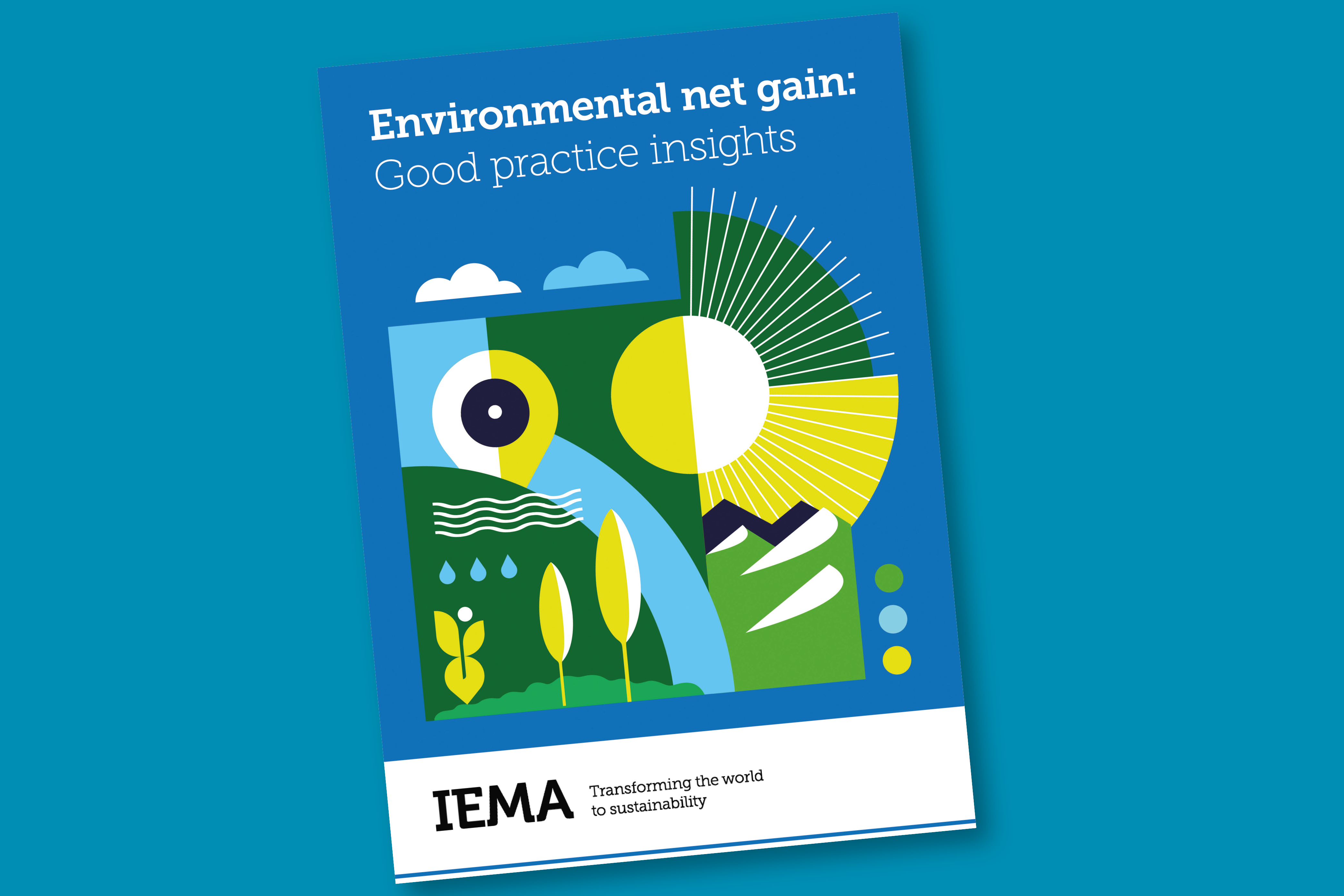Lorem ipsum dolor sit amet, consectetur adipiscing elit. Curabitur eleifend tortor nec augue pretium


The IEMA policy and practice team had a strong finish to 2024, holding further roundtables with influential parliamentarians on key issues and presenting members with the opportunity to hear from the new Office for Clean Energy Jobs on its work to develop the workforce required to deliver on the government’s clean energy mission.
I continued to feed into the government’s rapid review and revision of England’s Environmental Improvement Plan as a member of the work’s advisory board, making the case for enhancing its governance and ensuring that there is joined-up thinking across the huge planning reforms that are being brought forward by the Ministry of Housing, Communities & Local Government.
We held roundtable sessions with:
We have also been feeding insights into relevant select committee inquiries on green jobs provision and housing growth within the context of sustainable development.
Our focus on green jobs is to ensure that there is an integrated strategy for their development across sectors and industries. For housing growth, we are making the case that new development must not come at the expense of the natural environment.
When the relevant committees publish our responses, we will share them with key stakeholders, including readers of Transform.
BEN GOODWIN, director of policy and public affairs as IEMA

Procurement is a key driver of sustainability, shaping every phase of a product or service’s lifecycle, from design to disposal. Applying circular economy principles to procurement helps to focus on long-term value by prioritising durability, adaptability and resource efficiency.
This ‘closed-loop’ approach minimises waste, optimises resource use, reduces environmental impact and ultimately contributes to net zero and sustainable development.
Embedding circular principles into procurement enables organisations to reduce reliance on virgin materials, foster innovation and champion environmental stewardship.
The Circular procurement guide from IEMA’s Circular Economy Steering Group outlines practical steps for adopting circular economy thinking into procurement practices, helping sustainability and procurement practitioners embed the circular economy in their organisation. Highlights include:
To download the full report, see www.bit.ly/circular-procurement
AGNES CHRUSZCZ, policy and engagement lead for circular economy and social sustainability at IEMA

he interaction between impact assessment (IA) academics and practitioners is critical, and Impact Assessment Outlook Journal Volume 23 on international best practice is a fantastic example of this.
The continued improvement of IA is vital in addressing modern challenges, and collaboration between academics and practitioners is essential for this by transcending disciplinary silos and fostering innovation.
Guest edited by Professor Thomas Fischer, Volume 23 features 10 articles by leading academics and professionals and showcases projects from Australia, Thailand, China, Ireland, Denmark, Portugal, South Africa, Austria and Wales, where IA best practice and innovation is being used to secure positive outcomes for communities.
This volume illustrates that IA is more relevant than ever and has the capacity to drive meaningful change. Even in the face of current scrutiny and calls for reform, IA can continue to build sustainable societies by prioritising environmental stewardship.
Volume 23 is available to download at www.bit.ly/IAOJournals
EMA’s Sustainable Finance Network has published the third volume of its Sustainable Finance Insight Journal on funding the just transition. In this edition, guest editor Albert Seoane selected 12 articles written by experts in sustainable finance and the just transition. The result is a valuable read across some of the key ideas, instruments and initiatives of the just transition from a financial viewpoint.
There are articles by senior figures from a variety of backgrounds, including from the UN Environment Programme, the World Bank, the Carbon Trust and the European Bank for Reconstruction and Development. A just transition is discussed in the contexts of doughnut economics, emerging markets, evolving taxonomies and carbon credits, with clear and practical guides and frameworks. Hard-to-abate sectors such as mining appear alongside the more common theme of the transition to clean energy.
The use of sustainable finance to ensure fairness and a sense of ownership of their own professional destiny for those workers key to transition are recurring themes. In the wake of the climate finance agreements at COP29 and the increasing pace of the transition to net zero, discussion of a just transition is more important than ever, and sustainable finance has a huge role to play.
Visit www.bit.ly/funding-just-transition to read the full publication.
RUFUS HOWARD FIEMA, policy and engagement lead for impact assessment at IEMA

At the end of 2024, the IEMA Biodiversity and Natural Capital Network published a new paper on environmental net gain (ENG).
Environmental Net Gain: Good Practice Insights pulls together what we know about ENG into a comprehensive discussion about what it is, why organisations should be considering ENG, and examples of good practice.
Why consider ENG? By delivering habitat enhancement and creation, biodiversity net gain (BNG) can have co-benefits for natural capital.
These co-benefits for people, organisations and society can be optimised significantly if habitat improvement interventions are targeted carefully in terms of the influence on natural capital asset quantity, quality and location.
The paper aims to:
To download the guide, visit www.bit.ly/ENG-guide
LESLEY WILSON AIEMA, policy and engagement lead for biodiversity and natural capital at IEMA
IEMA has published a new advice note on getting the most value out of the Energy Savings Opportunity Scheme (ESOS). Written by members Helen Sprakes and Georgina Phillips, the note sets out the benefits of the scheme for participating organisations and aims to reduce corporate anxiety around publishing targets.
The ESOS is a vital framework for large UK organisations to assess energy use, reduce costs and enhance sustainability. Recent changes to ESOS regulations require participants to submit detailed action plans by March 2025, outlining energy-saving measures for the 2023-2027 compliance phase, with annual progress updates.
An effective ESOS action plan provides more than regulatory compliance – it can drive significant improvements in energy efficiency. To succeed, organisations should align resources, secure leadership commitment, and assign responsibilities across teams. Plans must specify actions, timelines, expected savings and links to ESOS assessments or other compliance measures.
Implementation depends on robust monitoring, including utility data collection and documentation of changes. Organisations can integrate ESOS plans with existing management systems, such as ISO 50001, to streamline processes. Low-cost measures, such as promoting energy-saving behaviours or addressing air leaks, can complement larger engineering projects.
Annual updates offer a chance to demonstrate progress, explain challenges and refine strategies. Publicly sharing plans shows accountability and commitment to improvement, even if targets are adjusted over time.
Far from being a mere box-ticking obligation, ESOS action plans are opportunities to cut costs and build momentum for long-term sustainability.
For further resources and guidance on getting the most out of your ESOS action plan, visit www.bit.ly/ESOS-compliance
CHLOË FIDDY AIEMA, senior policy and engagement lead for climate change and energy at IEMA